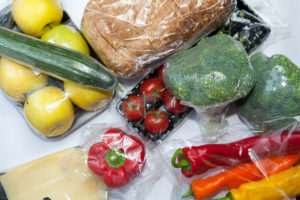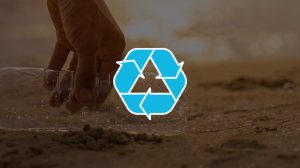‘Nurdles’ are devastating the environment but they are yet to be classified as hazardous
Environmental release of virgin plastic pellets – known as nurdles – is a serious concern around the world.
Despite mounting evidence demonstrating the harmful impacts nurdles have on climate, marine health, and society, legislation to tackle the issue is still in its infancy. A legislative proposal on microplastics is due this spring in the European Union.
Story Preview:
Packed and shipped, in their billions, around the world, these lentil sized plastic pellets are then melted down and used as the building blocks for a vast array of items used in our daily lives – from computers and cars, to clothes and drink bottles.
Although the first reported sighting of nurdles on beaches was not until 1970, they have since been found on every continent except Antarctica.
There are now calls for this type of pollution to be taken much more seriously, as their size and persistence make them virtually impossible to remove, once in the environment.
Plastic pellets are causing environmental devastation
Nurdles are lost at every stage of handling. According to Plastic Soup Foundation, each year, 230,000 tonnes enter our oceans and, within the EU alone, 23 billion nurdles a day end up in the environment.
Making their way down storm drains, into rivers and waterways, and eventually reaching our oceans, they are then distributed by wind and ocean currents to every corner of our planet, but are practically impossible to clean up due to their size.
Nurdles devastate the environment and marine life but, despite being one of the biggest sources of pollution in our oceans, they are often overlooked.
They tend to only hit the headlines when significant spills from containers are lost at sea during transportation.
Charlie Jaay, EuroNews.Green, Jan 9, 2023.



